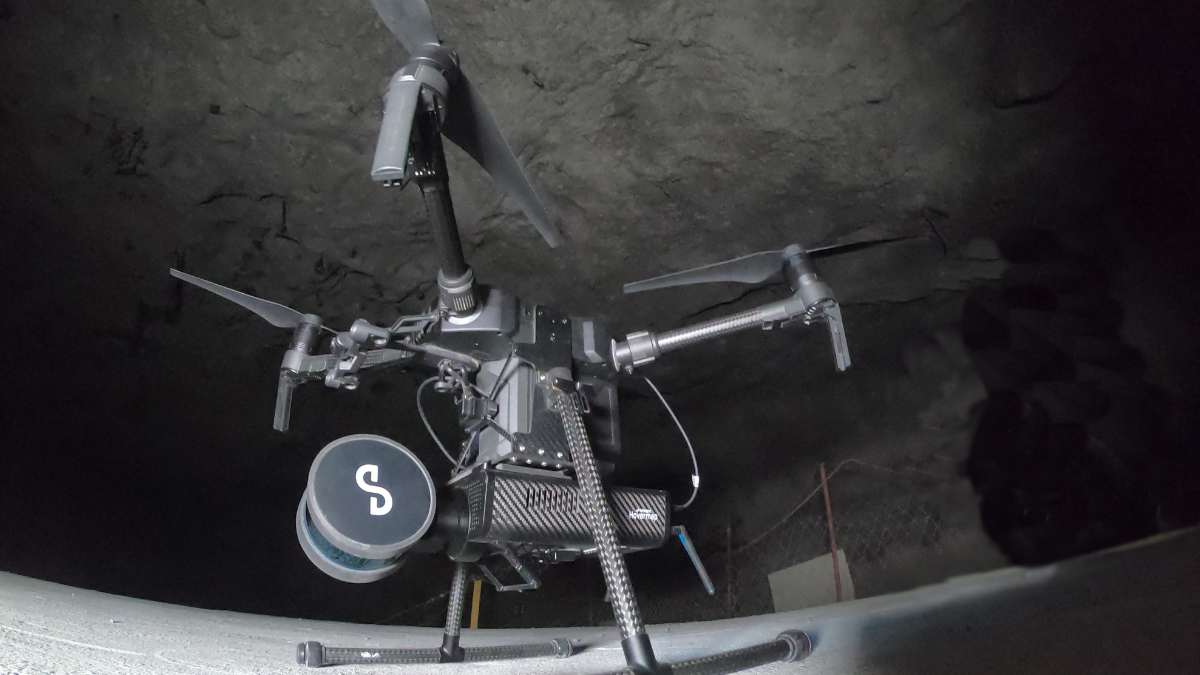Drone autonomy company, Emesent, has announced a new investment from In-Q-Tel (IQT), the investment arm of the US intelligence agency the CIA.
The strategic investment will help power Emesent’s expansion into new industries including defence, security, and emergency response.
“This investment from In-Q-Tel and the strategic support it offers is a boon for our continued growth and the growth of drone autonomy,” said CEO and Co-Founder Dr Stefan Hrabar.
In-Q-Tel’s investment serves as a validation of Emesent’s commercial success to date, with annual revenue increasing more than 400% from a year ago. Emesent is the most proven solution of its kind, with more than 100 customers across 25 countries, using its autonomous drone technology.
Emesent’s Hovermap payload enables autonomous drone flight in GPS-denied environments and has become the most widely-deployed solution for autonomous drones in the underground mining sector, being used across 60 mine sites and covering more than 4,000 autonomous underground flights over the course of two years.
“Autonomous drones offer huge benefits to many industries including mining, civil construction, defence and emergency response,” said Dr Hrabar. “With In-Q-Tel’s support we can continue our expansion into new industries and use cases to support more customers with autonomous drone technology.”
With investment from In-Q-Tel, and growth the these industries, Emesent will be able to respond to the global Incident and Emergency Management Market, which is expected to reach US$156.1 billion by 2025.
Emesent is receiving significant interest from defence bodies across the globe following its success in the Defense Advanced Research Projects Agency (DARPA) Subterranean Challenge.
Emesent’s pioneering autonomous technologies build on a decade of award-winning research at CSIRO that brings together the best of SLAM and autonomous drone technology to provide greater insights and data in GPS-denied environments.
It recently launched Autonomy Level 2 (AL2) for Hovermap, providing the world’s first autonomous GPS-denied beyond line-of-sight flight capability from a plug-and-play payload. It represents a major breakthrough in the journey to fully autonomous flight systems, enabling drones to navigate underground environments and for the systems to be operated remotely.
Keep up to date with our stories on LinkedIn, Twitter, Facebook and Instagram.

